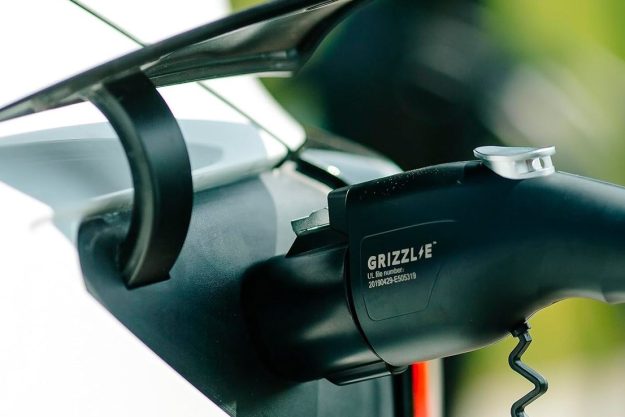Generally, with cars, more is better. More horsepower, more space, more fins, all of these things are desirable. But when it comes to infotainment, the opposite is true; simpler is better. That’s because user interfaces, particularly ones that are supposed to be used while driving two tons of metal at 60 mph, need to be simple to work.
However, a slew of new, two-screen infotainment systems are chasing sales at the expense of usability … and it has me worried.
The two big offenders are Acura and Infiniti, both of which have released two screen systems in the last few years. Acura released its two-screen AcuraLink system on its flagship RLX sedan in 2013, and has now introduced the setup on the MDX and the brand-new TLX. Its other models are up for midlife refreshes soon and will likely be receiving it then. Meanwhile, Infiniti’s system InTouch has just made its debut on the Q50, but is likely to replace the aging system in its other models.
While both of these systems are unique, they share many of the same problems.
- 1. AcuraLink infotainment system as featured on the Acura TLX
- 2. Infiniti InTouch as featured in the Q50S
Take Acura’s creatively named AcuraLink system, as featured on the new TLX. Acura has decided to split infotainment tasks between its two screens. The lower touchscreen handles audio and climate control, while the upper handles navigation, phone, vehicle settings and a duplicate set of audio controls.
In theory, this means a driver can keep his or her navigation screen up while still messing with other functions. In practice, however, it means spending far more time looking away from the road, while glancing back and forth between two screens. This isn’t just a question of confusion either. The human eye takes time to refocus at different distances, which means that glancing between two screens that are different distances from the driver is time consuming and hard on the eyes.
Both Mazda and Audi engineers have explained to me that they place their screens in such a way that the eye’s focal distance changes as little from road to screen as possible. Having multiple screens makes this impossible.
Multiple screens also seem to lead to an explosion in control systems. AcuraLink can be controlled via touchscreen, mouse, steering wheel buttons, and voice command. I understand the thinking, there is a control system for everyone! However, this creates a problem. Developers have a finite amount of money and time. Pouring limited resources into not one but two systems results in a dual-screen system that is not half as good as it would be if it were a single unit.

Infiniti’s new InTouch system, featured on the Q50S, handles this side of things a little better with a very intuitive touch screen interface and the second screen devoted largely to navigation. Despite being a bit simpler, it still shows another big problem with two screen setups: aesthetics. Two screens may sound like a great boardroom proposal. Reality is, however, that the screens aren’t duplicates. This means different resolutions and different graphics combine to look less like the Enterprise and more like a low-budget project from Pimp My Ride.
So why are these systems getting made if they are so obviously flawed? In a word: marketing.
For companies like Acura and Infiniti that are constantly battling not just for market share but attention, having something that stands out is perhaps more important than an intuitive system. Adding a second screen to an infotainment system allows Acura or Infiniti to advertise that they have something that their luxury competitors like BMW, Audi, and Mercedes lack: another screen! It also allows innovation to be done on the cheap, by adding more of what automakers already have access to.
By contrast, innovation like the combined instrument cluster and infotainment system in the new Audi TT takes a lot of time and money. For example, Audi had to work with Nvedia to redevelop an entire chipset to withstand the rigors of working in a car.

While companies like Audi, BMW, Mercedes, and Lexus might be able to move forward on their established reputations and mountains of R&D money, I worry that smaller automakers will resort to gimmicks like a second screen to draw attention. We have already seen Cadillac release is interesting but problematic CUE infotainment suite with its gesture recognition feature.
Perhaps it is a coincidence that Infiniti and Acura released such similar systems in such close proximity, but it may also suggest that these two similar companies have found something in their market research to suggest that these systems would be popular. And it may not stop with Acura and Infiniti. Companies like Hyundai and Kia are attempting to move up market, and may be refreshing their infotainment systems soon.
Not only do these systems not really work, they would actively steer me away from up and coming companies and back to the German ‘Big Three.’ I can only hope that Acura and Infiniti realize this before anyone ends up joining them and starts taping screens to door panels.




